By Christopher Miskimon
On February 22, 1942, President Franklin D. Roosevelt ordered general Douglas MacArthur, commanding American and Filipino forces resisting the Japanese invasion of the Philippines, to leave the islands for the relative safety of Australia. There, he would assume command of American forces in the South Pacific. MacArthur received the president’s order on February 23 and initially thought to disobey it. In the end, he asked only for a delay to time his departure for the right moment.
The question remained as to how he would make good his escape. The method chosen was by sea using a flotilla of tiny Patrol Torpedo craft, the now famous PT boats. The commander of Torpedo Boat Squadron 3, Lieutenant John Bulkeley, was asked if his vessels could withstand a sea voyage of several hundred miles to Palawan. He told them his boats could indeed handle such a trip. Within two weeks MacArthur himself appeared to take a ride in a PT boat to assess its capabilities. Afterward he told Bulkeley of his need to evacuate and asked if he could get the job done. Bulkeley told him it would be a “piece of cake.” The plan went forward from there.
Despite his optimism, Bulkeley knew there were problems. His four operational boats lacked spare parts, quality fuel, and ammunition, including torpedoes. The crews gathered what they could and repaired their boats as far as was possible. It was a risky assignment and meant the squadron would probably not get out on its own after completing the mission. The submarine USS Permit was detailed to rendezvous with the PTs in case they could not get MacArthur out on their own. They would have to sail hundreds of miles south to Cagayan on Mindanao Island. From there, Boeing B-17 Flying Fortress bombers would take MacArthur the rest of the way to Australia. A duffel bag of food was gathered for each boat.
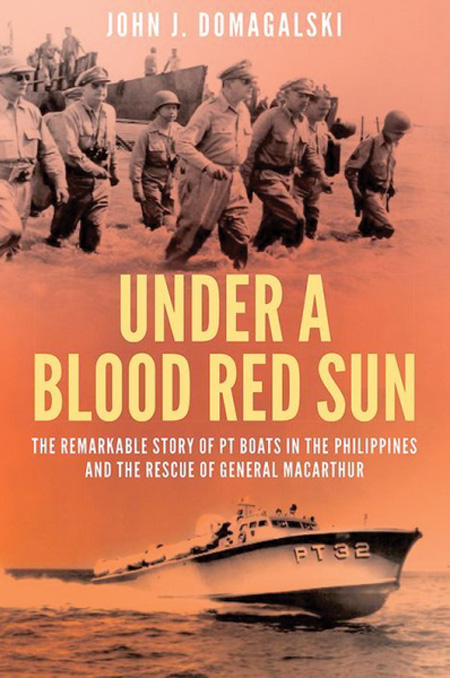 At 7:30 pm on March 11, MacArthur, his family, a servant, and four aides boarded PT-41 to begin their journey. The general raised his cap as the boat pushed away from the dock at Corregidor Island and moved slowly into the darkness. More evacuees boarded other PT boats at other locations, and soon the entire group was sailing south. Once past the minefields, the craft sped up. The first night was rough. Swells made for hard going, especially for the passengers who were unused to being aboard a bouncing, rocking boat in heavy seas. The crews had trouble staying in contact with each other. One crew spotted what they thought was an enemy destroyer and dumped their spare fuel to help increase speed. The shadowy form turned out to be another PT boat. Despite the difficulties, the journey went on into the unknown waters ahead.
At 7:30 pm on March 11, MacArthur, his family, a servant, and four aides boarded PT-41 to begin their journey. The general raised his cap as the boat pushed away from the dock at Corregidor Island and moved slowly into the darkness. More evacuees boarded other PT boats at other locations, and soon the entire group was sailing south. Once past the minefields, the craft sped up. The first night was rough. Swells made for hard going, especially for the passengers who were unused to being aboard a bouncing, rocking boat in heavy seas. The crews had trouble staying in contact with each other. One crew spotted what they thought was an enemy destroyer and dumped their spare fuel to help increase speed. The shadowy form turned out to be another PT boat. Despite the difficulties, the journey went on into the unknown waters ahead.
The crews of these torpedo boats carried out their duties and fought on until all of them were eventually lost in battle. The fight for the Philippines would be lost, but these sailors fought bravely to the last. The saga of their service and sacrifice is recounted in Under a Blood Red Sun: The Remarkable Story of PT Boats in the Philippines and the Rescue of General MacArthur (John J. Domagalski, Casemate Publishers, Havertown, PA, 2016, 304 pp., maps, photographs, notes, bibliography, index, $32.95, hardcover).
MacArthur is a controversial figure to many, alternately respected or disliked. This book takes neither side in that argument, instead rightly focusing on the PT boat crews and their actions. General knowledge of their story has faded since the war, and this booked brings much deserved attention to it. Multiple sources, including many interviews with participants, are used to provide authenticity to the narrative, giving the reader a true impression of the events. The author has created a readable book that includes appendices with additional information. It does justice to the men who fought both the sea and the Japanese military to affect the escape of a critical war leader and take the fight to the enemy despite long odds.
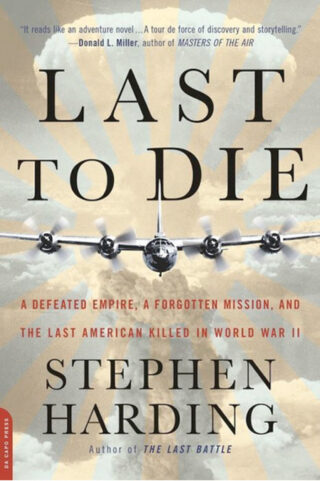 Last to Die: A Defeated Empire, A Forgotten Mission, and the Last American Killed in World War II (Stephen Harding, Da Capo Press, Boston, 2016, 262 pp., maps, photographs, notes, bibliography, index, $16.99, softcover)
Last to Die: A Defeated Empire, A Forgotten Mission, and the Last American Killed in World War II (Stephen Harding, Da Capo Press, Boston, 2016, 262 pp., maps, photographs, notes, bibliography, index, $16.99, softcover)
Anthony Marchione, the son of Italian immigrants, volunteered to enlist in the U.S. military rather than wait to be drafted. Assigned as an air crewman aboard a Consolidated B-24 Liberator heavy bomber, he and his fellow crewmen were originally slated for combat duty in Italy but were diverted to Oklahoma, where they underwent specialized photoreconnaissance training, including a test flight to Colorado and back to assess their skills. Their B-24 carried no bombs, only cameras and a full complement of machine guns for defense.
Sent to the Philippines, Anthony and his comrades soon transitioned to the new Consolidated B-32 Dominator. When the war ended, the bombers ceased flying, but reconnaissance planes continued their mission. On August 18, 1945, Anthony’s aircraft was sent on such a mission. While over Tokyo, it was attacked by Japanese interceptors that were either unaware of the ceasefire or ignored it. The B-32 was able to return to base, but Anthony was killed, the last American to die during the war.
The story of Marchione’s death is one of a young American who willingly served his country, taking all the risks associated with that act and paying the ultimate price for his convictions. It is also a tale of Japanese politics and fatalism among some of its leaders. Some were willing to bow to the inevitable and end the conflict, while others wanted to continue until the bitter end. Toward that end they plotted and even rebelled against the directives of their supreme leader, Emperor Hirohito, which actually led to the senseless death of Anthony Marchione.
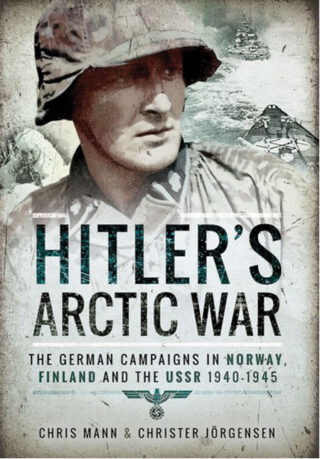 Hitler’s Arctic War: The German Campaigns in Norway, Finland and the USSR 1940-1945 (Chris Mann and Christer Jorgensen, Pen and Sword Books, South Yorkshire, UK, 2016, 224 pp., maps, photographs, notes, bibliography, index, $29.95, softcover)
Hitler’s Arctic War: The German Campaigns in Norway, Finland and the USSR 1940-1945 (Chris Mann and Christer Jorgensen, Pen and Sword Books, South Yorkshire, UK, 2016, 224 pp., maps, photographs, notes, bibliography, index, $29.95, softcover)
World War II in Europe’s far northern reaches was a frozen exercise in both ingenuity and endurance. The initial German campaign to seize Norway was an overall success, giving the Wehrmacht a base for both ships and aircraft operating against convoys supplying the Soviet Union. After the Nazi invasion of that country, Germany allied with Finland, and extensive operations continued in the region for much of the war. The soldiers who fought there had to traverse harsh terrain carrying what they needed on their backs, with only limited help from armored or even transport vehicles. Commando raids were carried out under the most difficult conditions, and Nazi SS troops inspired fear in soldiers and civilians alike. Despite the difficulties and hardships, the war in the Far North was a tangent to the main fighting which neither side could afford to ignore.
Well illustrated and organized, this volume shows that while the war in this region was an unavoidable adjunct to the main fighting to the south, it also diverted resources the Germans could ill afford to lose. The authors effectively explain how soldiers dealt with the arctic conditions and the extensive hardships they endured while fighting at the top of the Continent. The book is a good general history of the various operations in Norway, Finland, and the Soviet Union during the war.
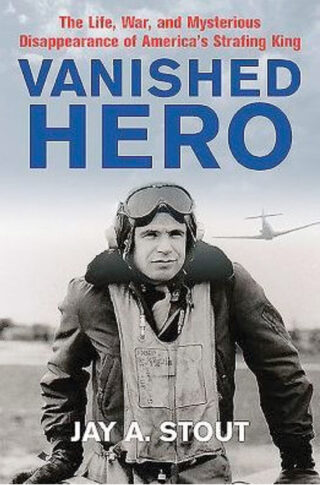 Vanished Hero: The Life, War and Mysterious Disappearance of America’s WWII Strafing King (Jay A. Stout, Casemate Publishers, Havertown, PA, 2016, 350 pp., photographs, bibliography, index, $32.95, hardcover)
Vanished Hero: The Life, War and Mysterious Disappearance of America’s WWII Strafing King (Jay A. Stout, Casemate Publishers, Havertown, PA, 2016, 350 pp., photographs, bibliography, index, $32.95, hardcover)
Few have ever heard of Elwyn G. Righetti, but his story is worthy of a Hollywood blockbuster. He took command of the 338th Fighter Squadron in England late in 1944. His boldness and leadership ability quickly made the unit a successful squadron. Soon Righetti was an ace pilot and went on to destroy more aircraft on the ground—27—than any other flyer in the Eighth Air Force. At the same time, his command suffered a high proportion of casualties in men and aircraft. Some of his subordinates came to see him as a latecomer who was seeking glory and medals, though most respected him for his courage and daring. His unit was most famous for “Loco Busting,” or destroying locomotives. One tactic included releasing the drop tanks on their North American P-51 Mustang fighters so they would hit the locomotive and drench it in gasoline. A follow-on plane would then strafe and ignite the fuel. In April 1945, Righetti’s plane was hit while strafing an airfield. Characteristically, he went around for one more pass—and was never seen again.
The author is a respected military aviation writer with several books to his name, and this is how he came upon this topic. A researcher who was interested in Righetti’s story spent years gathering material, only to have his life cut short by cancer. Before he died he contacted the author and asked him to take all the research material for the book. The result is this volume, which is well-written and detailed with smooth prose. It is a fitting tribute to both Righetti and the man who collected his life’s journey.
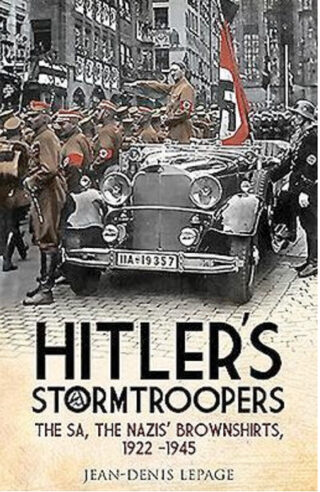 Hitler’s Ardennes Offensive: The German View of the Battle of the Bulge (Edited by Danny S. Parker, Frontline Books, South Yorkshire, UK, 2016, 264 pp., maps, photographs, index, $16.00, softcover)
Hitler’s Ardennes Offensive: The German View of the Battle of the Bulge (Edited by Danny S. Parker, Frontline Books, South Yorkshire, UK, 2016, 264 pp., maps, photographs, index, $16.00, softcover)
The Ardennes offensive was Nazi Germany’s last chance to stave off defeat in the West, and it ultimately failed. The American side of the battle is well known, a story of desperate holding actions and determined defensive battles. The German side was just as desperate; however, this was their last opportunity to hold off defeat against the Western Allies, and Hitler’s plan had many limitations and problems.
This book is a collection of writings by various German officers involved in the planning and prosecution of the attack. Some of the selections are essays outlining their views and recollections, while others are straight interviews, the participants answering a series of questions posed by the victorious Allies when they were prisoners in the war’s aftermath. This is a revealing look at the thoughts of German leaders. Many of their statements are things they could not have said under the Nazi regime.
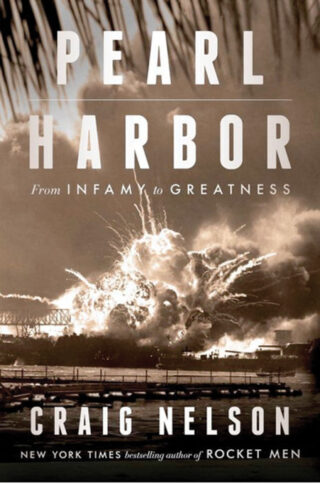 Pearl Harbor: From Infamy to Greatness (Craig Nelson, Scribner Books, New York, 2016, 532 pp., photographs, notes, bibliography, index, $32.00, hardcover)
Pearl Harbor: From Infamy to Greatness (Craig Nelson, Scribner Books, New York, 2016, 532 pp., photographs, notes, bibliography, index, $32.00, hardcover)
The infamous attack on Pearl Harbor spawned a thousand small stories of courage, frustration, sorrow, and perseverance. Sailors aboard burning ships had to choose whether to stay aboard the flaming wrecks or dive into waters ablaze from leaking fuel oil. Officers tried to direct efforts to save their ships and aircraft from destruction. Terrified spouses took their children to caves to hide from more attacks. Japanese officers led attacks they hoped would cripple the U.S. Navy long enough for their nation to achieve its goals across the Pacific. A few American pilots got into the air and fought their own small battles against the attackers, while gun crews exulted at the scarce victories they were able to win. The rest of America reacted in horror and rage at the attack that pulled them into world war.
In a fresh look at a pivotal moment in the history of the United States, the author asserts that in December 1941 America started the path from great power to world power. He begins in 1914, with Franklin D. Roosevelt, then Assistant Secretary of the Navy, at the keel-laying of the USS Arizona, the battleship that would come to symbolize the sacrifice and courage of December 7, 1941. Five years of research went into creating this work, and it shows in the depth of detail and wide-ranging breadth of coverage, revealing both the American and Japanese sides of the event.
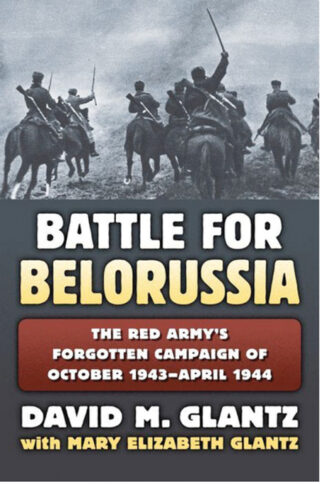 Battle for Belorussia: The Red Army’s Forgotten Campaign of October 1943-April 1944 (David M. Glantz, University Press of Kansas, Lawrence, 2016, 936 pp., maps, photographs, notes, bibliography, index, $39.95, hardcover)
Battle for Belorussia: The Red Army’s Forgotten Campaign of October 1943-April 1944 (David M. Glantz, University Press of Kansas, Lawrence, 2016, 936 pp., maps, photographs, notes, bibliography, index, $39.95, hardcover)
Students of World War II on the Eastern Front are familiar with Operation Bagration, which crippled Germany’s Army Group Center in mid-1944. What many do not consider is that this was not the Soviet Union’s first attempt at such an offensive. Beginning in late 1943, Stalin ordered three Red Army fronts to attack a 400-mile stretch of the front line in an effort to reclaim Belorussia and its capital, Minsk, from the Nazis. The fighting lasted months and caused some 700,000 casualties in the Red Army. Still, it set the stage for the later success of Bagration.
Expert use of old Soviet records creates this detailed account of a less known period of the Eastern Front’s history. This allows for a balanced outlook that presents Soviet assessments in a new light rather than focusing on a German-centric point of view so often used in the West. The author is a long acknowledged authority on the Eastern Front with many books and articles to his credit.
New and Noteworthy
 My Life in the Service: The World War II Diary of George McGovern (Introduced by Andrew Bacevich, Franklin Square Press, 2016, $25.95, hardcover) McGovern, a future politician and presidential candidate, was a bomber pilot during the war. This diary reveals his experiences and thoughts.
My Life in the Service: The World War II Diary of George McGovern (Introduced by Andrew Bacevich, Franklin Square Press, 2016, $25.95, hardcover) McGovern, a future politician and presidential candidate, was a bomber pilot during the war. This diary reveals his experiences and thoughts.
We March Against England: Operation Sea Lion 1940-41 (Robert Forczyk, Osprey Publishing, 2016, $30.00, hardcover) A comprehensive look at both sides’ plans for a German invasion of England, the book reveals why the Germans never carried out their plan.
The Fighting Sullivans: How Hollywood and the Military Make Heroes (Bruce Kuklick, University Press of Kansas, 2016, $27.95, Hardcover) The five Sullivan brothers died when the cruiser USS Juneau was sunk in late 1942. This book reveals how their tragic loss was transformed into a propaganda tale.
Hitler’s Home Front: Memoirs of a Hitler Youth (Don A. Gregory and Wilhelm R. Gehlen, Pen and Sword, 2016, $34.95, hardcover) Wilhelm Gehlen helped man an antiaircraft gun as a member of the Hitler Youth. His memoir is a sober and unapologetic look at a dark time in his life.
1941: Fighting the Shadow War (Marc Wortman, Grove Atlantic, 2016, $27.00, hardcover) This is a summary of America’s clandestine efforts to support Great Britain before the U.S. entered the war. Everything from Lend-Lease to espionage is covered.
 Hitler’s Stormtroopers: The SA, the Nazis’ Brownshirts, 1922-1945 (Jean-Denis Lepage, Frontline Books, 2016, $34.95, hardcover) The SA was the Nazi Party’s first army. This is a history of its formation and actions.
Hitler’s Stormtroopers: The SA, the Nazis’ Brownshirts, 1922-1945 (Jean-Denis Lepage, Frontline Books, 2016, $34.95, hardcover) The SA was the Nazi Party’s first army. This is a history of its formation and actions.
101st Airborne Market Garden 1944: Past and Present (Stephen Smith and Simon Forty, Casemate, 2016, $16.95, softcover) This photo book presents images of the Market Garden fighting alongside pictures of what each site looks like today.
HMS Belfast at D-Day: Firing on Fortress Europe (Nick Hewitt, Imperial War Museum, 2016, $30.00, softcover) The cruiser Belfast, today a museum ship in London, took part in the enormous invasion on D-Day. This book details one ship’s part in winning the day.
Imprisoned: Drawings from Nazi Concentration Camps (Arturo Benvenuti, Skyhorse Publishing, 2017, $29.99, hardcover) The author met with many former camp inmates and collected their memories and artwork into a wrenching volume.
Eisenhower’s Armies: The American-British Alliance During World War II (Niall Barr, Pegasus Books, 2016, $35.00, hardcover) The Anglo-American alliance in World War II was one of the most effective in history. This book examines that partnership.
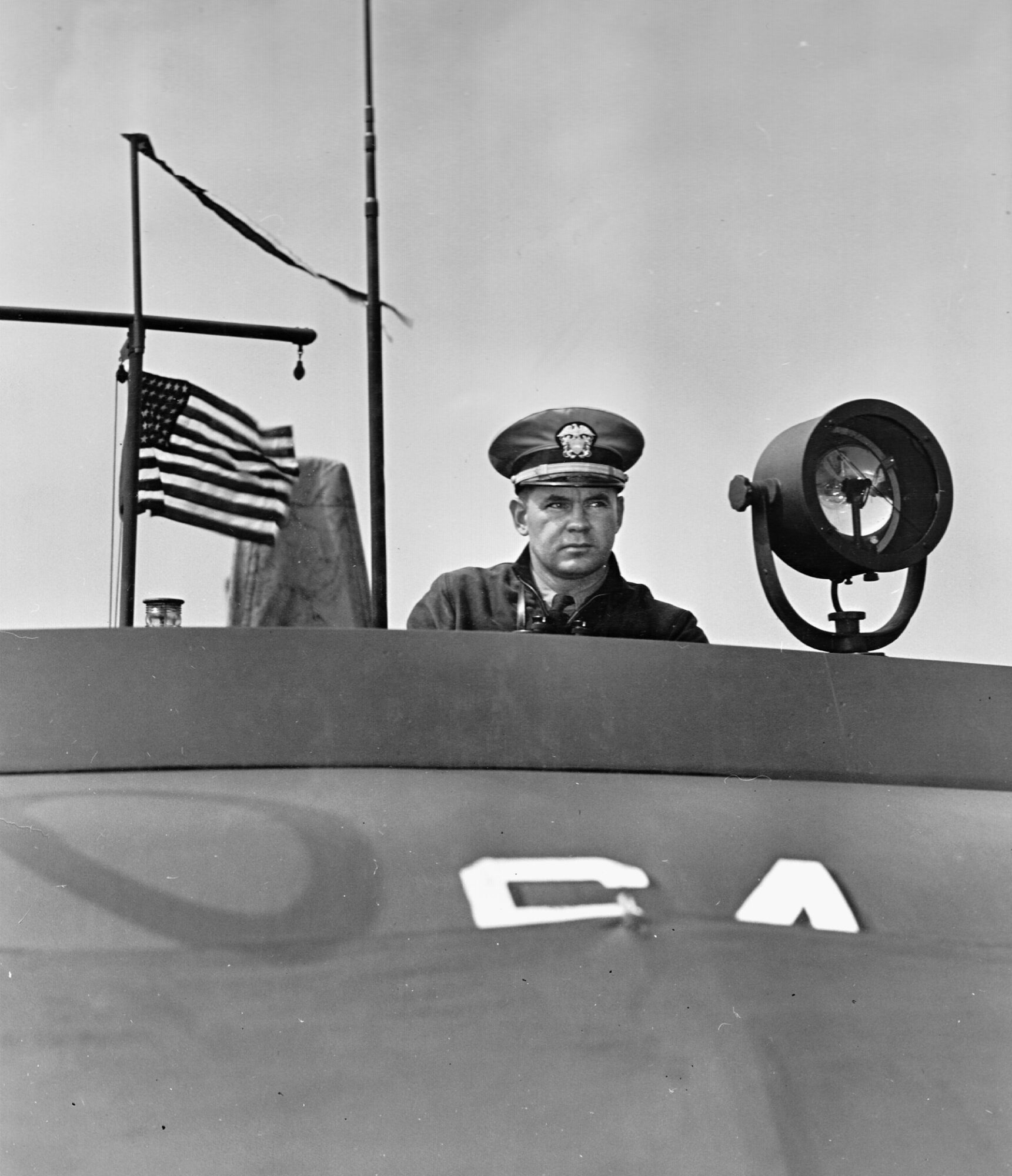
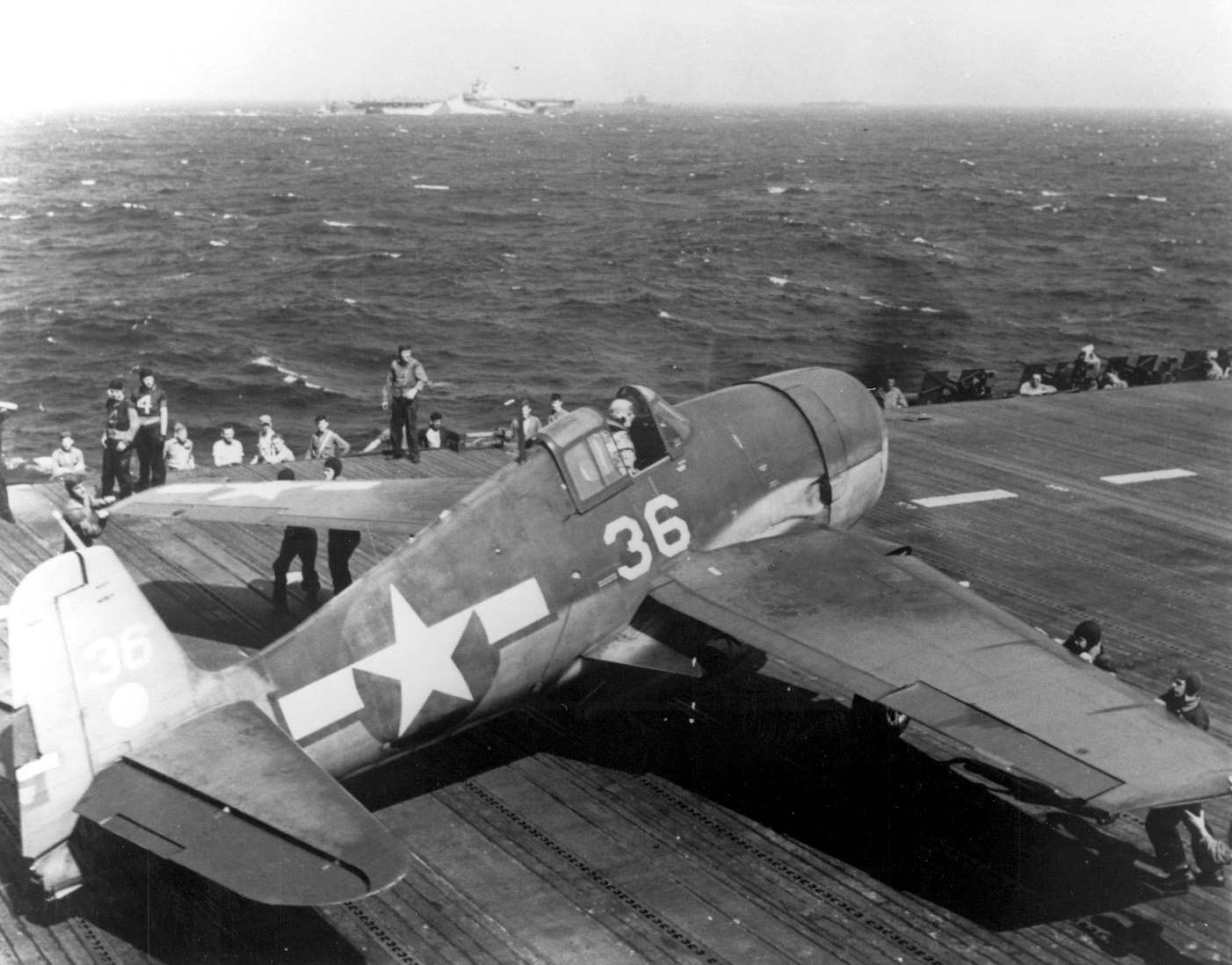
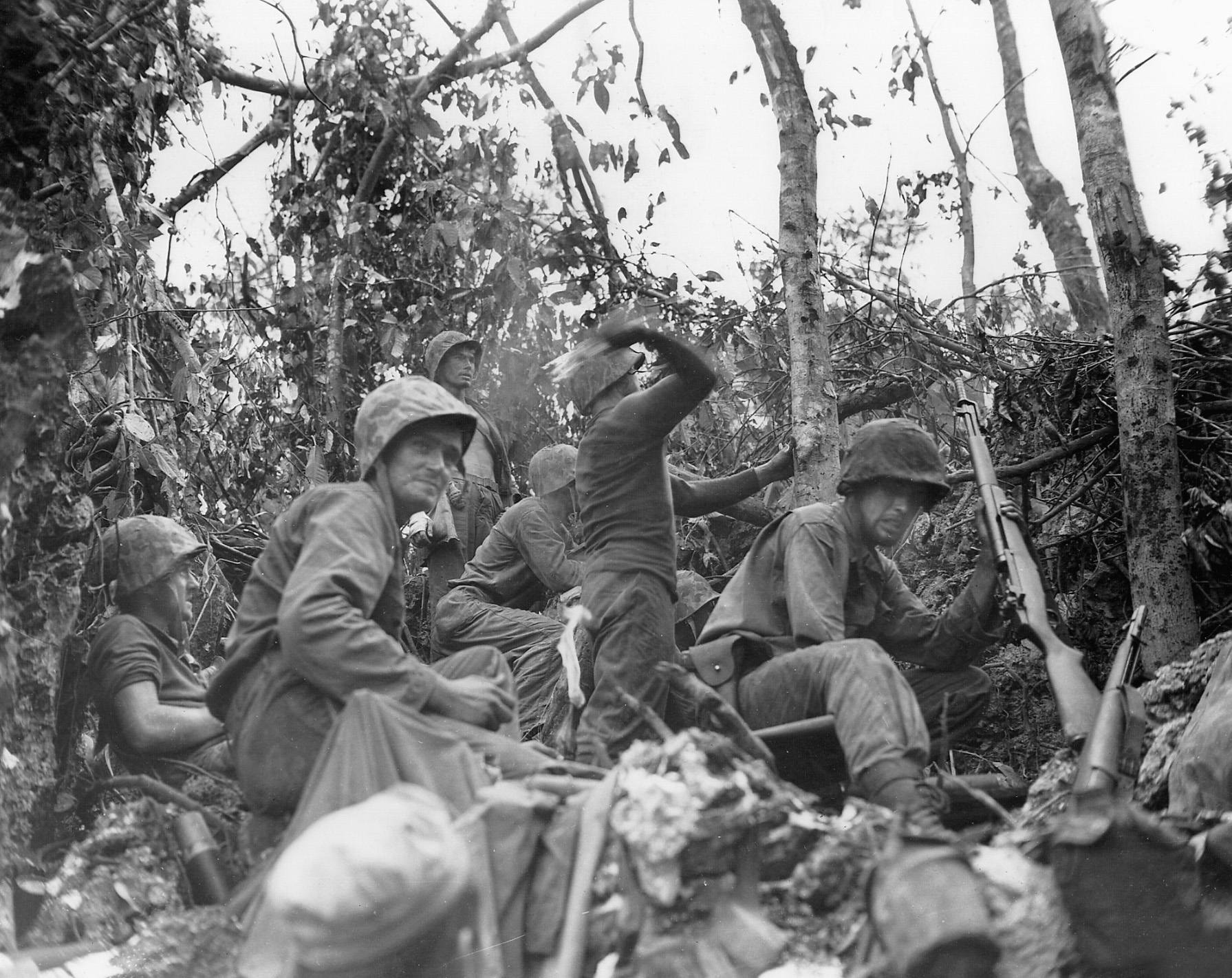
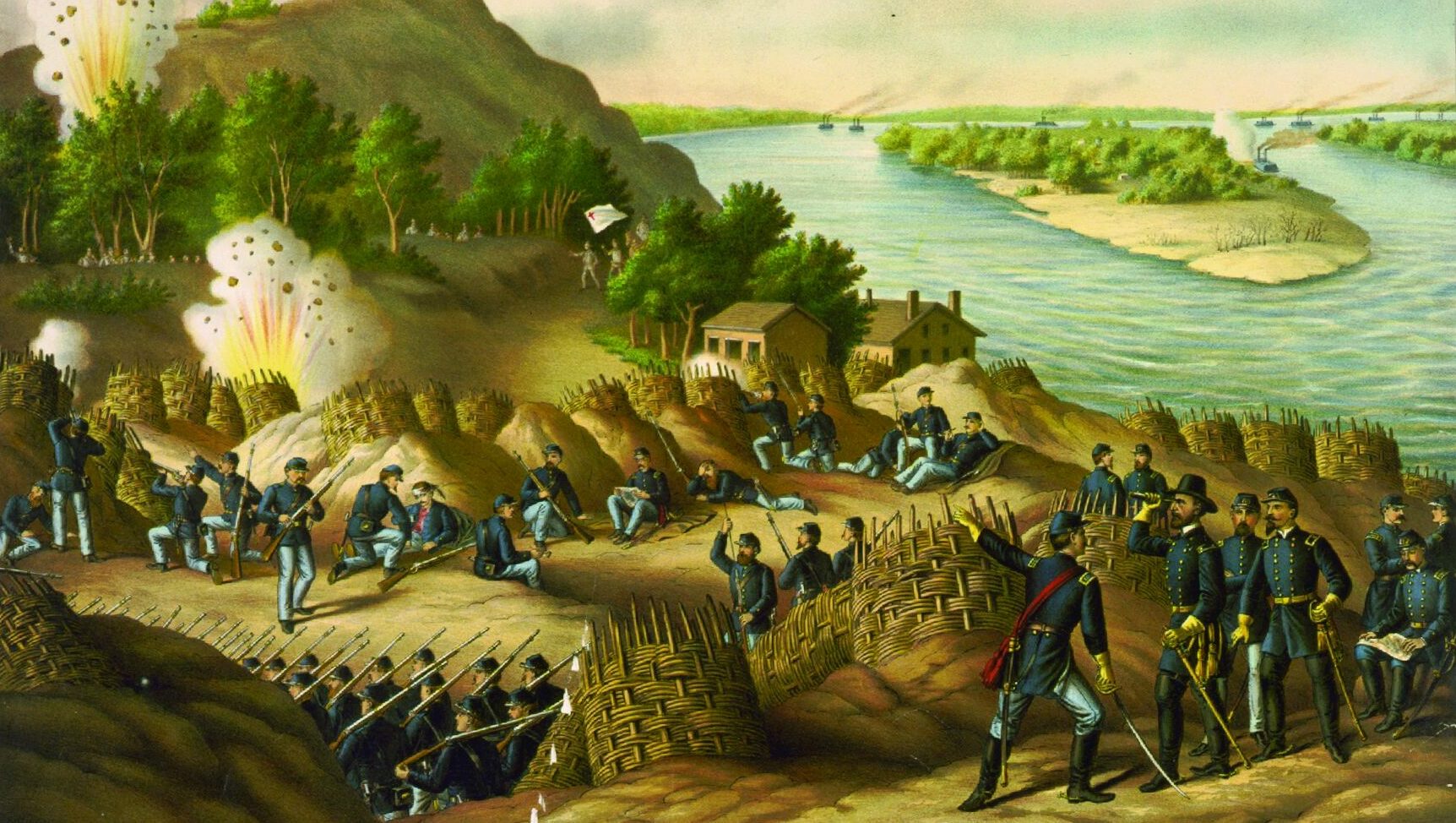
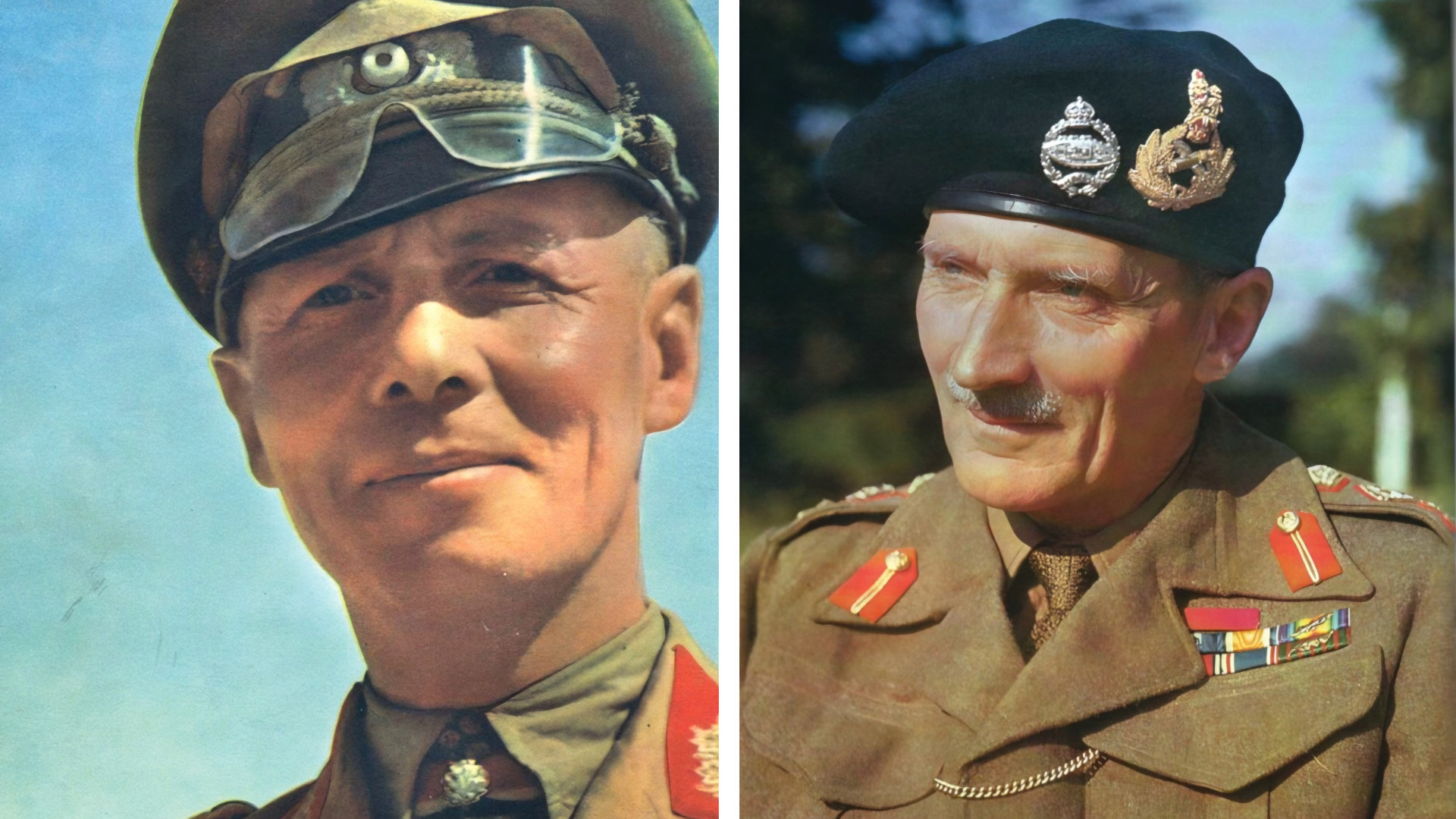
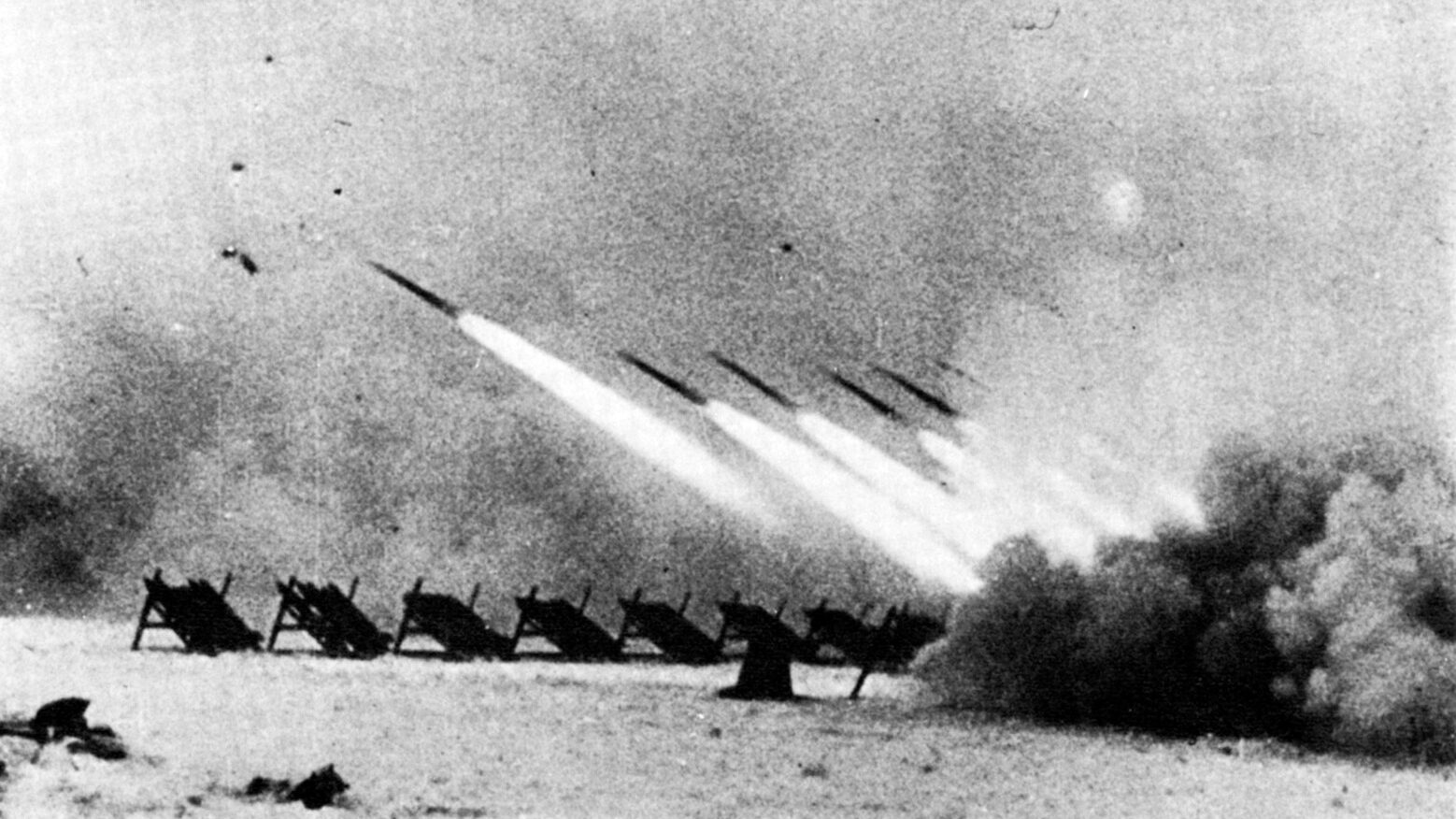
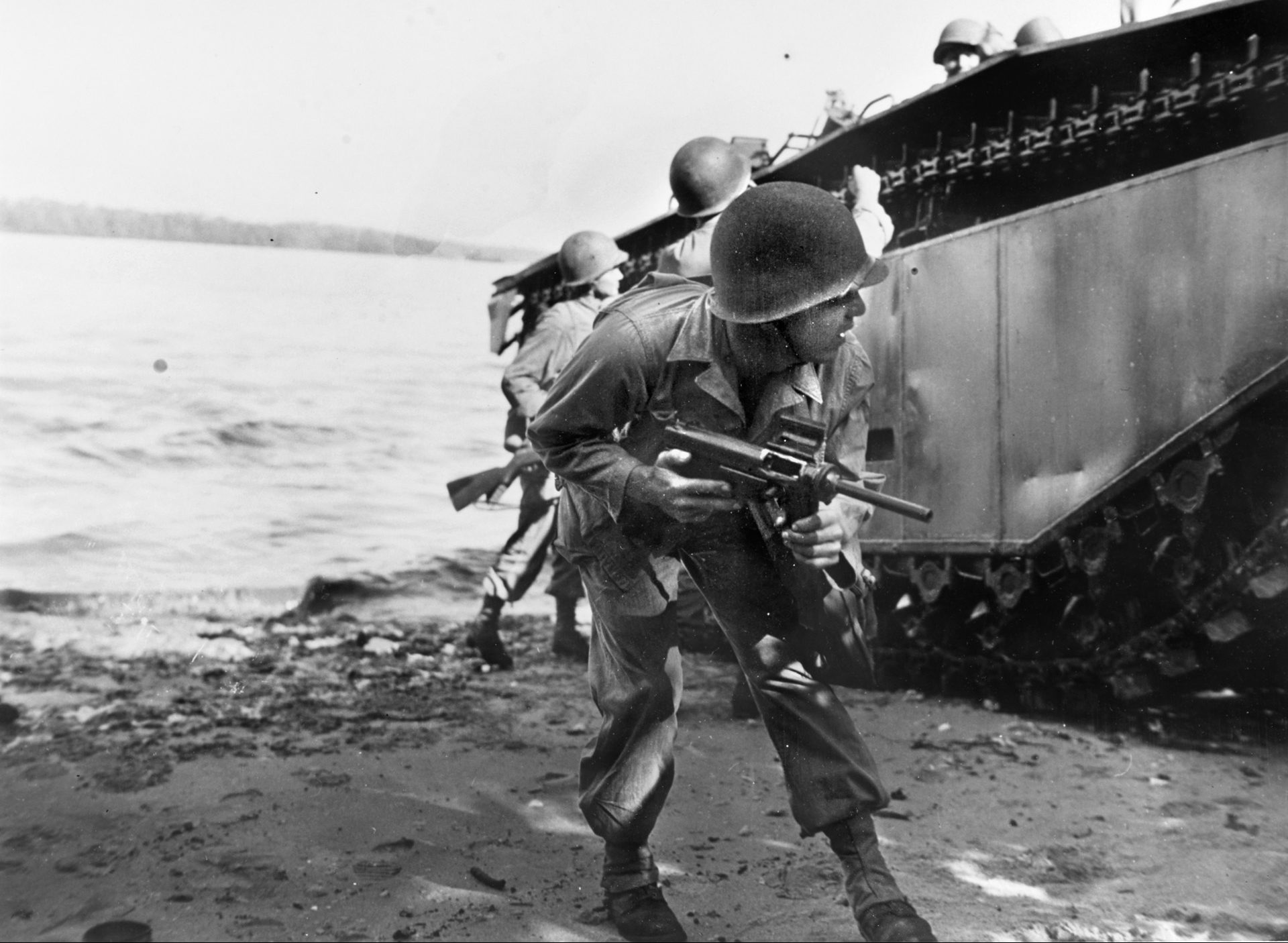

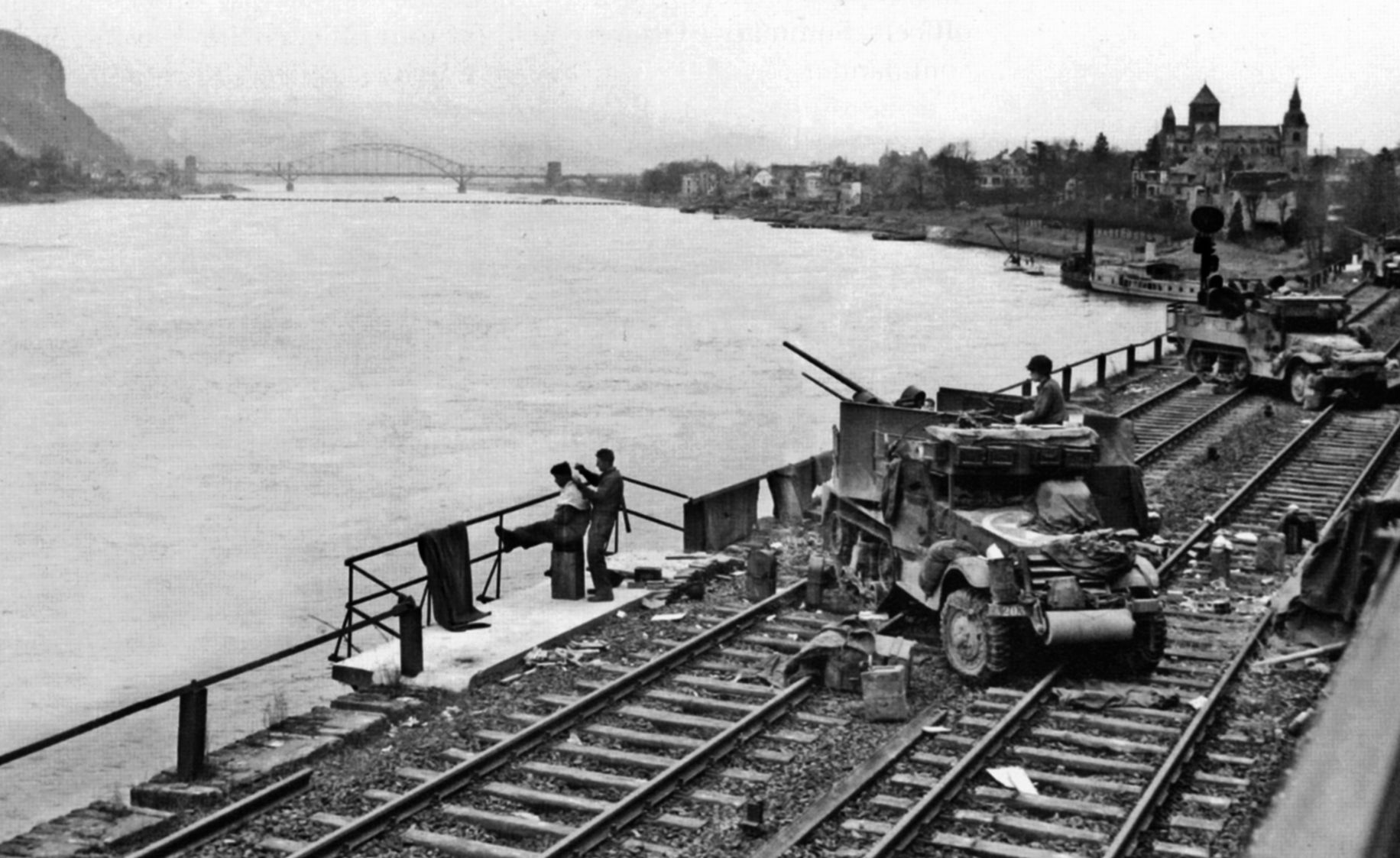
Join The Conversation
Comments
View All Comments